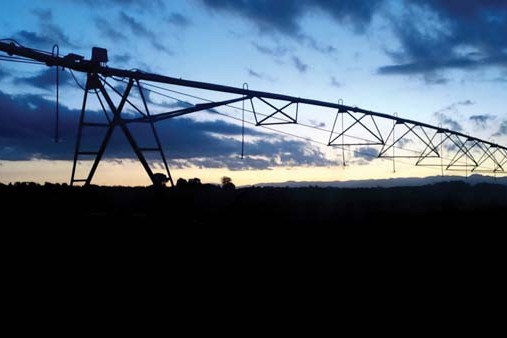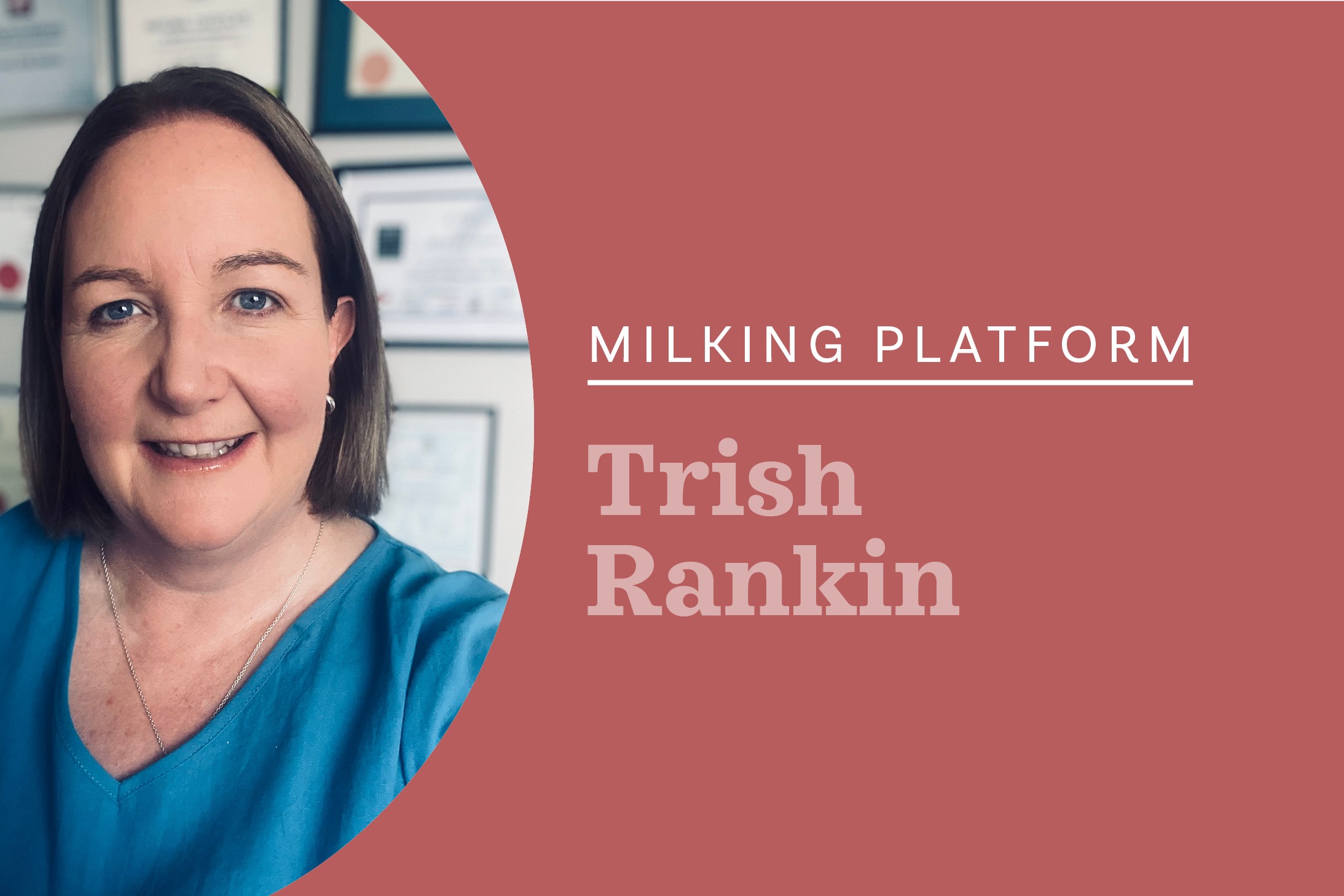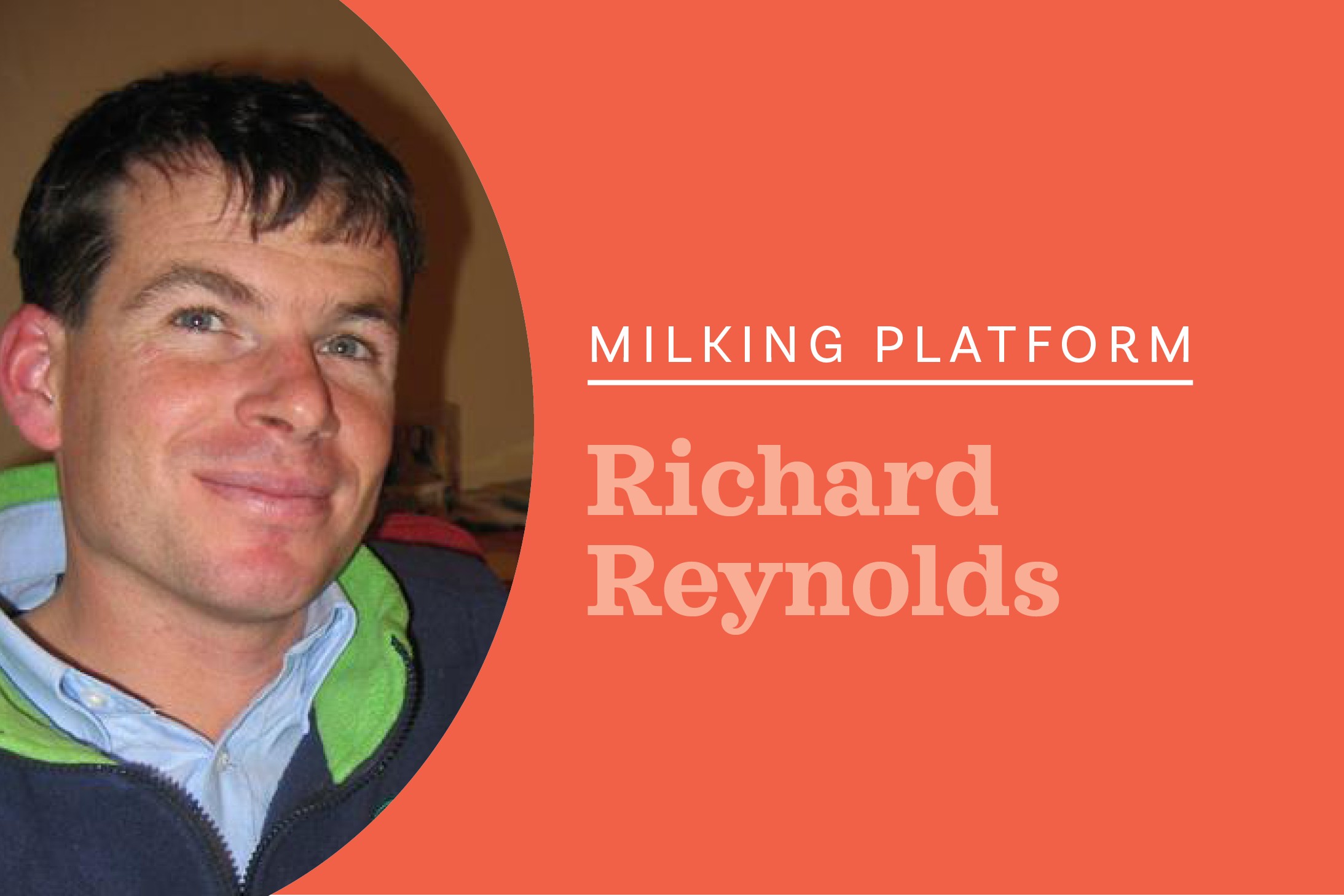The balance shown in the Climate Change Commission’s report pleasantly surprised George Moss, and he thinks dairy has a bright future.
It is raining at the moment and hopefully it will be enough to prevent a third dry autumn. The soil moisture probes have shown that soil temps peaked about a degree higher at 25C and moisture itself is on par with the same time last season. While moisture levels were better going into late January, the extra heat plus wind has meant that pumice areas, in particular, have given up the ghost. The good news is that we, like many other farmers, had an extraordinary spring and have extra silage on hand, albeit of very average quality. The plan currently is to go hard as we did last year, and if need be dry off early again – last year late March. Looking at the DairyBase figures it appears to have left us with above average performance on a number of measures, including GHGs. I think the very high peak production that we had in October followed by a difficult (cloudy, damp) November has negatively impacted on herd in-calf rates with a number of very long returns showing up now – frustrating!
The Climate Change Commission (CCC) has delivered its report and I’m pleasantly surprised at the amount of balance it contains. It clearly shows that there is no easy fix for New Zealand and that all sections of society have a role to play. Pleasingly the commission is of the view that with an increased focus on achieving onfarm efficiency plus some land use change, the methane targets for the first 10 years are achievable and that the lower end of the range given for the 2050 targets is possible. It is acknowledged by all that it is not without challenges and some difficulties, and just allowing ourselves to drift there is unlikely to cut it. Like many farmers, we are waiting to see what the recommendation from He Waka Eke Noa is going to look like for the pricing of farm gate emissions. The biggest challenge that I see is how do we reduce our absolute emissions as a sector and at the same time ensure that we maintain our global leadership in emission density per unit of output. Purchasers of our product are interested in the product footprint and the CCC as a new agent for New Zealand is interested in us achieving absolute reductions, and if we fail then their next budget may suggest stronger actions.
Pleasingly all staff have elected to stay with us for next season, which is one fewer worry.
We both have managed to get away for a few days to the West Coast, despite numerous meetings both online and in person. I was fortunate enough to get some kayak fishing in and catch a respectable feed each time. Although one day there I was ‘monstered’ by three stingrays in quick succession – the last one getting the line tangled around the rudder and ultimately leaving with some of the gear. Kayaks aren’t really suitable for handling rays. Sharon chooses to just chill and take in the wonderful views of the water.
Call me optimistic or just naive, but I believe dairy has a good future, certainly in the short term – our main markets China and Asia have largely come from plant-based foods and appear to have an increasing appetite for animal products. The USA has a requirement that dairy products are part of the government food packages going to the 40-odd million ‘food insecure’ people there. Nutrient density is critical for those with limited choices.
The ability of us and our competitors to dilute the price down with extra production is increasingly constrained. Interest rates I feel are likely to stay at the unbelievable lows for a while yet – who would have thought rates with a 2 in front of them was possible five years ago. Twelve years ago we agreed to go with the bank that could get us under 8%. This is a fast-moving space, but as primary producers we should smile.





